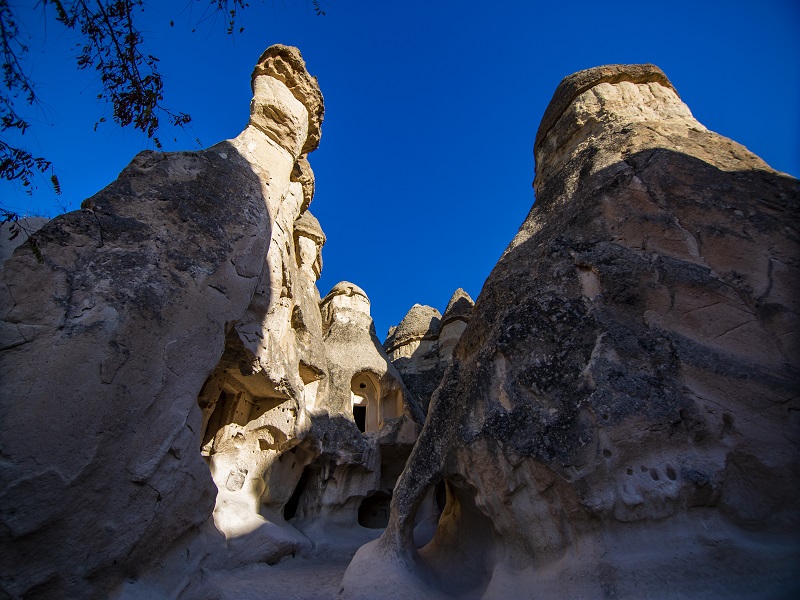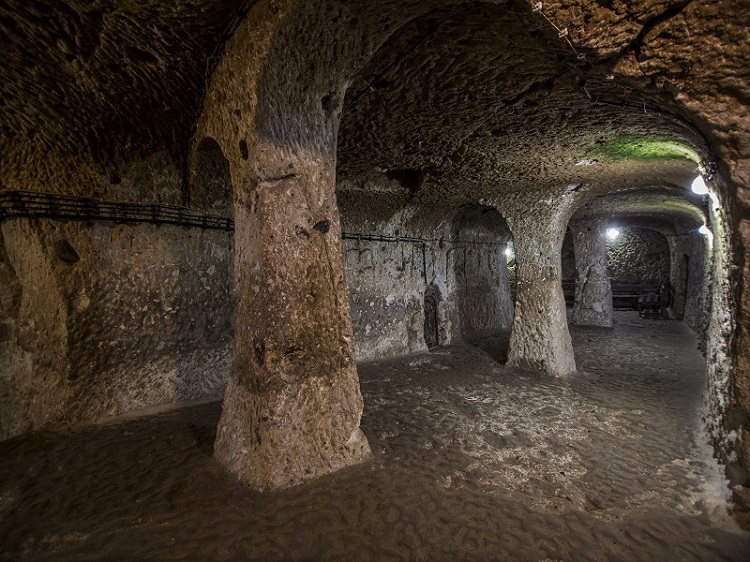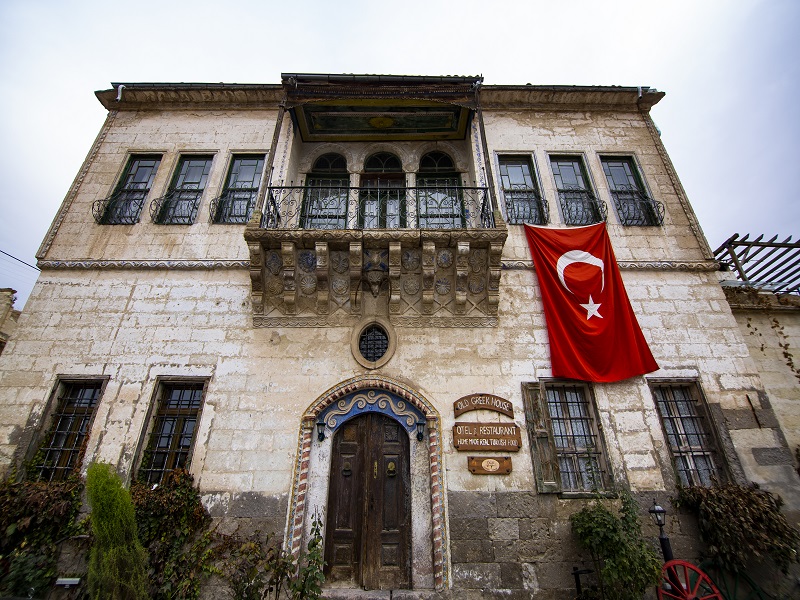Kırıkkale Faith Route
- A
- Koçubaba Mosque and Tomb
- There is a folk belief that 'Koçu Baba' was Seyit Hasan Sultan, one of the Horasan Turks, who gave his name to the tomb and mosque in Koçubaba village of Kırıkkale Balıseyh district, and that he came and settled in Balıseyh/Koçubaba in the 14th century. The exact date of construction of the tomb, which has an octagonal plan and is covered with a pointed cone, and does not have an inscription, is not known. Sources: https://dergipark.org.tr/tr/download/article-file/471148 https://www.kulturportali.gov.tr/turkiye/kirikkale/kulturenvanteri/kocubaba-turbesiRead More
- Nasıl
Giderim ?
- B
- Ballı Baba Mosque and Tomb
- It is not known who built the building, which is one of the symbols of the district and is estimated to have been built in 1121 in the 12th century. There is Ballı Baba, who contributed to Anatolia's becoming a Turkish-Islamic homeland, in the tomb, which was restored by the Kırıkkale Governor's Office. The woodwork on the ceiling cover of the mosque is remarkable. Sources: https://www.kirikkale.com.tr/mekan/balli-baba-turbesi https://www.kulturportali.gov.tr/turkiye/kirikkale/gezilecekyer/balli-camii-ve-turbesiRead More
- Nasıl
Giderim ?
- C
- Nur Mosque
- The mosque, which has a 32-meter-high main dome and four minarets, was built with the Seljuk and Ottoman architectural understanding and has an indoor area of approximately 25 thousand square meters, a total of 10 thousand people pray in the mosque, 4 thousand people in indoor areas and 6 thousand people in open areas. The lighting system of the mosque, which is located in Kırıkkale city square, received the "Mercy Award" from the International Association of Lighting Designers. There are social areas such as a conference hall, seminar hall, library and reading room, Turkish-Islamic handicrafts training center, religious publications promotion and sales place, classrooms, and family guidance office in the mosque complex. The construction of the mosque, designed by Architect Necip Dinç, started in 2008 and was completed in 2015, for the Nur Mosque, based on the Edirne Selimiye Mosque style, a masterpiece of Mimar Sinan. In the mosque, there are four minarets with three balconies, which are dressed in the corners of the main body. Sources: https://tdv.org/tr-TR/proje/kirikkale-nur-camii/Read More
- Nasıl
Giderim ?
- D
- Hasan Dede Mosque and Tomb
- Hasandede, an important part of Anatolia's multicolored belief mosaic, lived in the 16th century and is an important figure of Hoca Ahmet Yesevi school. Next to the tomb is the mosque built during the reign of Suleiman the Magnificent. Hasandede, who came to Anatolia from Khorasan, participated in various wars with the Ottoman army. He acted as a mediator in the conflicts and rebellions in Anatolia. With the Sultan's edict, he was given land in the area where his tomb is now located. Hz. Hasandede, who is known to be a descendant of Muhammad, is seen as a very important Islamic lawyer. He also has poems bearing traces of the philosophy of Hoca Ahmet Yesevi, Hacı Bektaş-ı Veli and Yunus Emre. He enlightened the people with his wise personality and poems. The tomb is in a very important position by many people with religious sensitivities. It is a frequent destination for many visitors in every period of the year and especially in August when the Hacı Bektaş-ı Veli Commemoration Ceremonies are held. The "Mecca Stone", which was brought from Mecca and positioned inside the mosque wall, adds a special importance to this location. Sources: https://www.kirikkale.com.tr/mekan/hasandedeRead More
- Nasıl
Giderim ?
- E
- Haydar Sultan Tomb
- Located at the foot of the Böyrek Mountains, 500 meters from Haydar Sultan Village, there is a well in the garden of the mausoleum, called "Deliler Well", which boils constantly despite its cold water. It is rumored that Haydar Sultan, son of Hoca Ahmet Yesevi, who played an important role in the Turkification of Anatolia, was captured by the enemy and imprisoned in a well here. The Haydar Sultan Complex, built on a monastery that existed in the Late Roman or Early Byzantine periods, consists of a mosque, tomb, graveyard, fountain and well. The complex, which lost its original identity with the repairs made, has survived to the present day with a well called "Crazy Well" and two inscriptions. Deliler Kuyusu is in the courtyard surrounded by a wall next to the mosque. There is a 50 cm diameter well collar, and below it there is a 60x60 cm square well. The mouth of the well is raised with concrete linings and its depth from the ground is about 2 meters. The tomb is in a very important position by many people with religious sensitivities. It is a frequent destination for many visitors in every period of the year and especially in August when the Hacı Bektaş-ı Veli Commemoration Ceremonies are held. Sources: https://www.kirikkale.com.tr/mekan/haydar-sultan-turbesiRead More
- Nasıl
Giderim ?
The Most Popular Routes in Cappadocia
 Loading...
Loading...






 cappadocia
cappadocia




